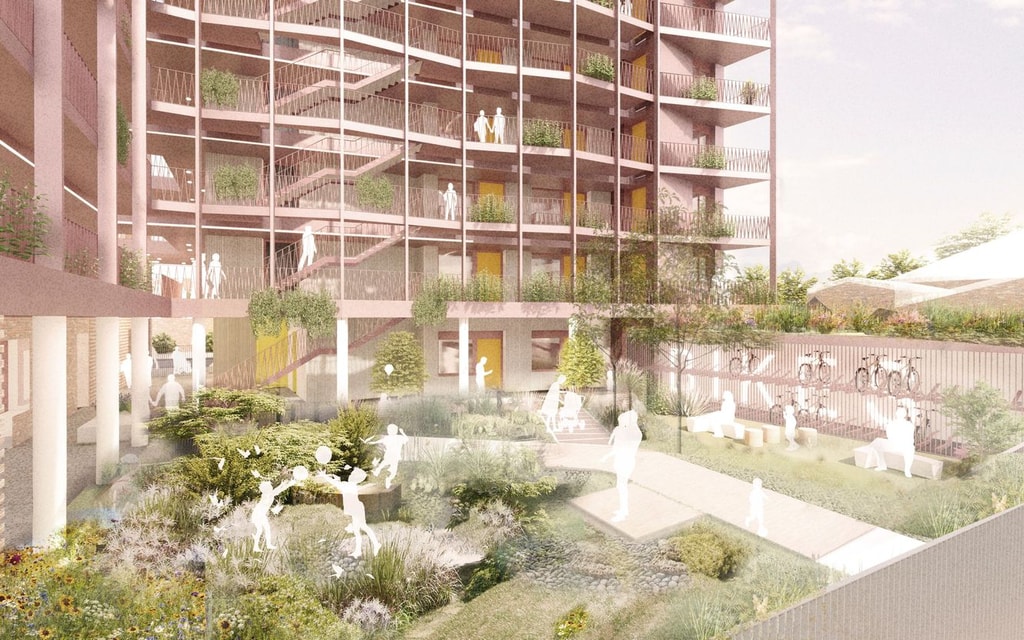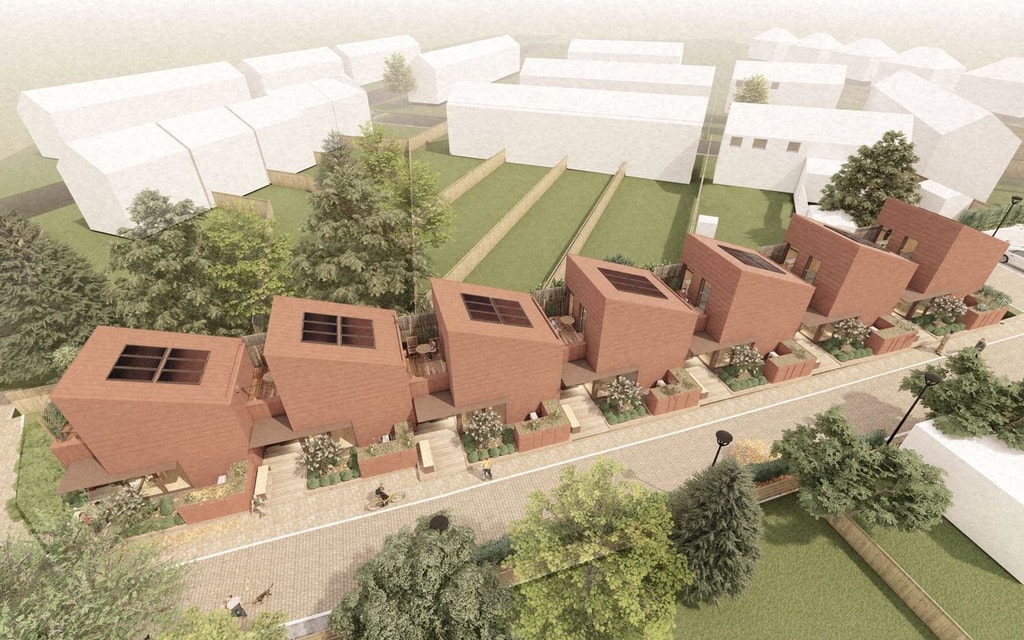The quest for affordable housing
Adam Darby says public-private partnerships are key to the future of housing.

-1330x831.jpg?u=2024-11-22T15:50:33.633Z&w=1024&q=90)
The UK Government’s aim to build 1.5 million more homes over the next four and a half years – with a commitment to social and affordable housebuilding - is central to its plans for the economy. However, delivery will be no mean feat in a highly challenging construction landscape where land is hard to come by, build costs have rocketed, planning departments are stretched and the effects of big changes to legislation continue to be felt, with more on the way. The industry is still grappling with the Building Safety Act, which, rightly so, is being enforced to ensure homes are safer following the Grenfell Tower tragedy. Just around the corner is the Future Homes Standard (FHS), which seeks to enforce low-carbon standards on new home building. So, how will the country provide the new affordable housing that is so desperately needed against this backdrop?
-1330x831.jpg?u=2024-11-22T13:42:17.817Z&w=1024&q=90)
Public-private partnerships have the potential to overcome at least some of the challenges the industry faces. By forging a joint-venture partnership at the very beginning of the process, unlike the traditional approach, whether that’s a council, an arms-length council-owned housing company or registered affordable provider or housing association together with an institutional investor, contractor or developer, there are big advantages to be had. Registered providers do not always build out their own schemes and therefore rely on contractors, which presents difficulties given their current scarcity – cue, a major slowdown of affordable homes delivery. If the private sector is on board from day one, they have a vested interest, and this should drive forward affordable housebuilding projects to completion.

Meanwhile, in a landscape where land is scarce and expensive, the risk is spread between the two parties, making the project more likely to be viable and affordable. The private sector also brings with it industry know-how and expertise that can help homes be delivered more efficiently and effectively, whilst locking in the supply chain early. Insight into how best to deliver higher performing, more sustainable homes is invaluable with changing legislation ahead. The advantages for the community are of course much-needed high quality, sustainable and affordable housing, delivered as part of a wider local authority strategy that prioritises people’s needs, often revitalising brownfield sites in the process. We are seeing the model being used more and more with the likes of Vistry, Lovell, Wates and Galliford Try taking this approach.

Of course, the partnership approach is only part of the solution. Right now, affordable homes are becoming more expensive to build due to uplifts in regulatory compliance, a protracted planning process, the volatility of costs and interest rates as well as the lack of ‘ready to go’, developable land. Every site is different and should be considered individually; but there is certainly the case for introducing denser housing typologies whether that’s terraced townhouses or stacked duplexes as part of a well-connected, less car-reliant community. We also need to think creatively about how we revitalise brownfield sites, which might otherwise be considered ‘undevelopable’, leaning on the benefits of modern methods of construction, for example off-site manufacturing, to see these come to fruition. For example, disused garage sites up and down the country have huge potential to deliver affordable, sustainable homes – akin to the Gap House, which is currently on site in Bristol and nearing completion.
-1330x831.jpg?u=2025-04-08T15:44:00.578Z&w=1024&q=90)
The Government will publish a 10-year housing strategy at the spring Spending Review after £500m was earmarked for up to 5,000 affordable homes in the autumn Budget, followed by a recent pledge of an extra £300m to build up to 2,800 extra homes as part of the Affordable Homes Programme. This is extremely welcome news and funding is of course a vital part of the jigsaw. Crucially, we also need the private and public sector to collaborate in a strategic and creative way to meet the Government’s ambitious targets and provide a pipeline of high quality, sustainable, affordable homes that meet the needs of generations to come.